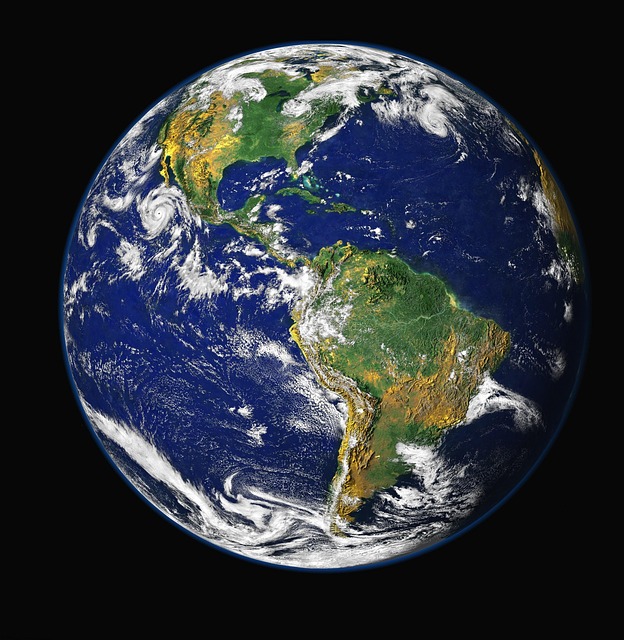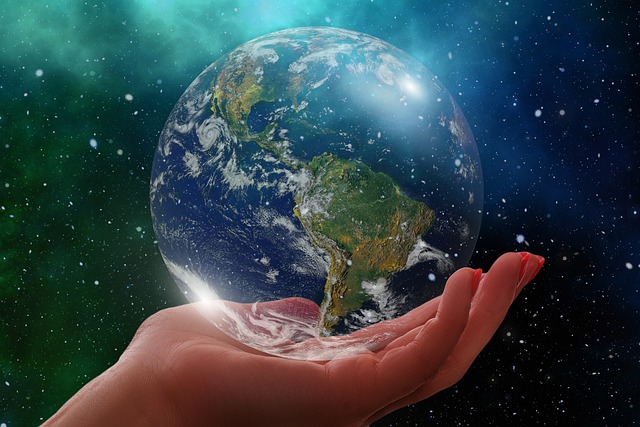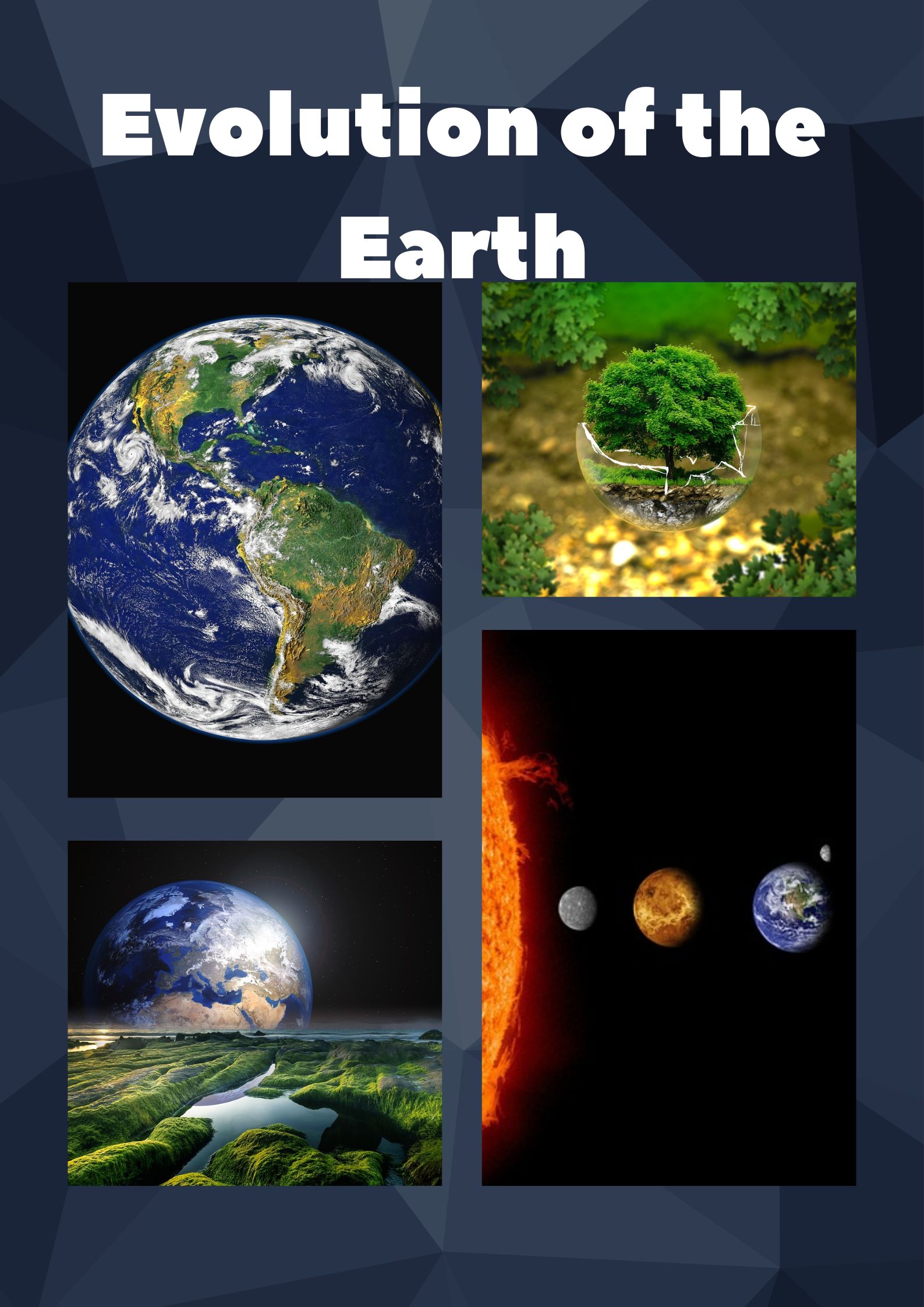The evolution of the Earth, a magnificent planet located in the vast expanse of our solar system, brims with energy and wonder. The development of the Earth provides us with the cycles of seasons and the rhythm of life. Similarly, in evolution, the Earth and its protective atmosphere collected gases, nitrogen, oxygen, and others.

The Earth’s development after it also provides us with an enviable sanctuary for life. The Earth’s evolution after Its varied terrain, comprising oceans, continents, and other landforms, holds many species, although humanity reigns supreme.
What is the Earth:
The evolution of Earth is an ongoing and critical process that requires careful consideration of multiple factors. From assessing the health of our planet’s ecosystems to examining the impact of human activity on our environment, the evolution of Earth demands a multifaceted approach. By conducting thorough developments of the Earth’s various systems, we can similarly understand the challenges and opportunities for preserving and improving our planet.
Through multiple evolutions of the Earth, we can identify trends, track progress, and measure the effectiveness of our efforts to protect the environment and ensure a sustainable future for generations to come. Additionally, the evolution of Earth is a continuous process that requires ongoing attention, collaboration, and action from individuals, communities, and organizations worldwide.
What is Evoluted Earth called scientifically?
“Earth” is believed to have come from the Old English word “Ertha.” The Anglo-Saxon word “Erda” means ground or soil. It is later used in Middle English to refer to the planet itself. Therefore the name may also relate to the Germanic word “Erde,” which has the same meaning. Over time, “Earth” became the accepted name for our planet. And at this time, it is now generally used in scientific and everyday language.
The Evolution of the Earth:
Generally, it evolved around 4.54 billion years ago from the growth of gas and dust in the early solar system. In the same way, it has been progressing ever since through various geologic and biological processes. Numerous factors, including plate tectonics, volcanic activity, weathering, and erosion, have shaped its atmosphere, oceans, and landforms. It continues to support an incredible array of life forms.
The layers and Evolution of the Earth:
The evolution of the Earth after solid layers are the inner core, liquid outer core, mantle, and crust. Differences in composition, density, and material are essential in shaping the planet’s geologic processes and magnetic field.
The evolution of Earth comprises four distinct layers:
The development of Earth’s layers is the inner core, outer core, mantle, and crust. The evolution of the Earth after the inner core is a solid ball of iron and nickel with a temperature of around 5,500°C. Another external body is a liquid layer of molten iron and nickel surrounding the inner core. It creates the Earth’s magnetic field through convection currents.
The evolution of the Earth after the mantle is the most significant layer of silicate rocks and minerals, with temperatures ranging from 1,000°C to 3,700°C. The crust is the outermost layer and a mixture of stones; similarly, granite and basalt form continents and ocean floors.
The evolution of the Earth after crust varies in thickness, with the continental crust being thicker than the oceanic crust. And It is constantly changing due to the movement of significant plates, which can cause earthquakes, volcanic eruptions, and the formation of mountain ranges. The Earth’s different layers link through complex geologic processes that contribute to the planet’s unique features and characteristics.
What was the Evoluted Earth first called?
The development of language and the ability to name things is a relatively recent human incident. In the evolution, however, the ancient Greeks referred to the Earth as “Ge” or “Gaia,” which became the root of the term “Geology.” The Earth’s evolution after history shows that other cultures have had their names and mythologies related to the Earth.
Why does Evoluted Earth have to be round?
The evolution of the Earth after gravity, the Earth is round, or more specifically, an oblate spheroid. Gravity is an attractive force that pulls matter toward the center of mass, which causes Earth to become compressed and take on a roughly spherical shape. Additionally, its rotation of it also contributes to Earth’s form.

The centrifugal force from the circle motion causes the equator to bulge outward slightly. At this time, combining these two factors results in the, and has a nearly round shape. With a slightly flattened shape at the poles and a bulging shape at the equator.
Early life on the Evoluted Earth:
The evolution of the Earth after early life on Earth included single-celled organisms. Likely, bacteria developed in the first seas and oceans about 3.5 billion years ago. These simple life forms eventually led to more complex creatures, such as algae, which produced oxygen as a waste product through photosynthesis.

The growing oxygen levels in the atmosphere led to the development of more complex life forms. The Earth evolved after plants and animals evolved over millions of years to form the diverse range of species on Earth today. The history of the evolution of the Earth is a complex and fascinating topic, with finding and visions constantly stretching our understanding of the origins and ranking of life on our planet.
Evolution of the Earth – When did people first appear:
People first appeared on it is near to 200,000 years ago. Homo sapiens evolved in Africa and eventually migrated to other parts of the world. We were replacing other hominin species, such as Neanderthals and Denisovans. The exact timeline of human evolution is a complex and ongoing topic of study, with discoveries and evidence frequently contributing to our understanding of our ancient origins.

In conclusion, the Earth is a unique and dynamic planet with a rich history spanning billions of years. Its layers include the solid inner core, liquid outer core, mantle, and crust. The Earth is also home to diverse life forms, including humans. As we continue to explore and study the Earth, we deepen our understanding of its complex systems.
conclusion
The Earth is an incredible planet that has undergone billions of years of geological and biological evolution, resulting in a dynamic and remarkable entity. Through our continued development of the Earth, we gain a deeper appreciation of its complex layers, from the solid inner core to the outermost atmosphere, which work together to sustain life in all its forms.
Through our evolution of the Earth, we understand that every living thing is part of a delicate balance that is constantly evolving and adapting to the changing conditions of the planet. As we evolute the Earth’s needs, we recognize that it is our responsibility to care for this fantastic planet and ensure that it remains a healthy and thriving home for generations. For more information click here 21Hashtags.
